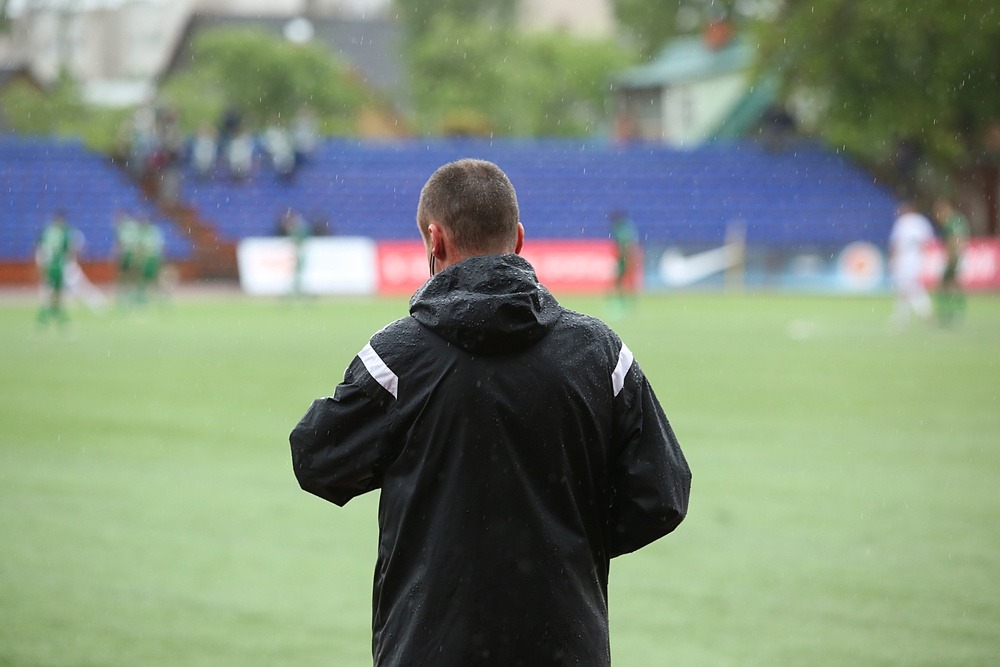Do you remember the sex abuse conviction of former Penn State assistant football coach Jerry Sandusky? Or that of the allegations of sexual violence by former House Speaker Dennis J. Hastert while he served as a high school wrestling coach? If not, check out the linked articles, the stories are shocking.
These cases, and the countless more, show that sexual violence in sport is more severe and common than you might think because, despite these saddening case studies and statistics, countless instances go unreported. But thankfully we are now in a time where issues surrounding sexual violence among young athletes and their coaches, that used to be a neglected topic, are now coming to the limelight. Abusers are being caught and documented, and ultimately prosecuted, it’s our job to keep this momentum moving forwards, stay updated on predator patterns and most importantly communication to the children in youth sports and the coaches who train those children.
According to a research article funded by the German Federal Institute of Sport Science, the empirical-based study published on the topic over 2010–2019 increased by 50% compared to 2000–2009.
Little wonder Celia Brakenridge, a passionate researcher and author on sexual violence among athletes, emphasized in her research conducted in the mid 1990s to encourage other researchers to lead additional studies that will properly quantify the rate of harm that has been caused by sexual violence in sports. This effort did not go unnoticed, as subsequent research was undertaken by Celia and other associated researchers in the years that followed.
Sport and sexual violence
While youth sports are often thought of as a stable and healthful atmosphere that adds to the development of teens, different researches have proved that it unfortunately, can be an environment where violence can epitomize itself in different ways. One way is through sexual violence. It ranges from sexual harassment without consent or even body contact to transgressive characters, and also to sexual violence that involves body contact.
The World Health Organization’s 1999 definition of child sexual abuse states, “There is something familiar about all these types of unhealthful sexual relationships, they are based on sexuality plus the misuse of power. “
In a sexual violence research and studies summarized in an article with the authors: Sylvie Parent, Ph.D., Assistant Professor, Department of Physical Education, Université Laval, and Karim El Hlimi, Ph.D. student, Department of Physical Education, Université Laval, it was shown that up to 8% of minor-age athletes are victims of sexual abuse in sport with an analysis of 159 cases of sexual abuse in sport reported in print media showing the perpetrators of the abuse to be coaches, teachers, and instructors.
Strong friendships between coaches and athletes can pass as a prerequisite for promoting young athletes’ success in whichever sport they engage in. However, these close relationships have proven to bear risks that can lead to a harmful dependency and abuse of trust. A 1997 and 1994 journals titled “He owned me basically…’—women’s experience of sexual abuse in sport” and “Fair play or fair game? Child sexual abuse in sport organizations” respectively are a few journals by Celia and her close associate that proves this and brings to the limelight why these matters should never be treated with levity. From these journals we can see a strong need to carefully manage relationships, especially the close ones, between coaches and athletes.
The aftereffect is that young athletes who are victims, have intimidating and traumatizing outcomes that affects their mental health in the short and long run. Sexual violence in sport used to be a topic people rarely discussed, thankfully we are starting to see that change.
Hopefully we can see these cases drop in the future, and while it’s awful that any cases have ever happened, we can draw from past experiences and shine increasingly bright lights to illuminate these past and future cases to help children and parents be as aware as possible. Case studies are continually being conducted and reporting on important statistics to arm parents with the information they need, such as “Defining appropriateness in coach-athlete sexual relationships,” “Temporal and developmental risk factors for sexual harassment and abuse in sport,” and “Obeying until it hurts: coach-athlete relationships.”
Campaigns and rallies from individuals are on the rise as well. This is shown on various social media platforms with hashtags like #Coachdonttouchme #Sportstoo are gaining attention and popularity, following these hashtags can be a good place to see more stories from individuals and stay updated and informed.
Read the full Sexual misconduct among young athletes and their coaches article on Sports Bridge by clicking here.
Sports Bridge provides more details on a single coach than ever before. Parents can search for sports teams they are interested in using their zip code and apply filters to those results, from there they can view a team and see details like the coaches’ gender, the coaches age, their license type a personal bio and links to their social media. Parents can now, finally arm themselves with as much information on a team and coach before even heading to the teams tryout

